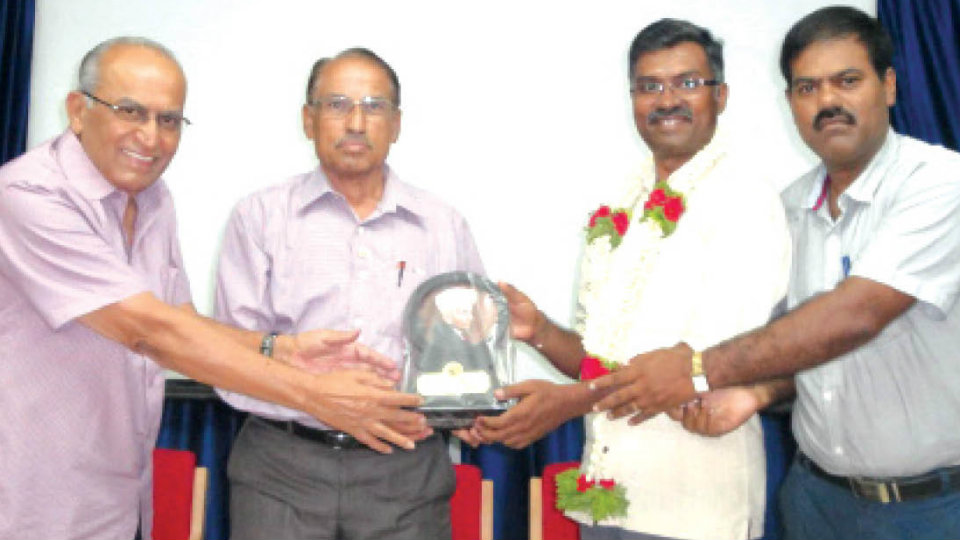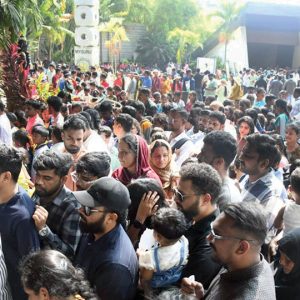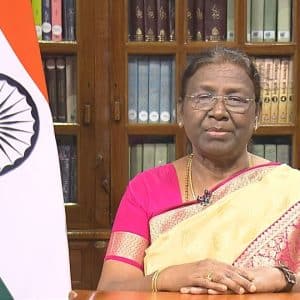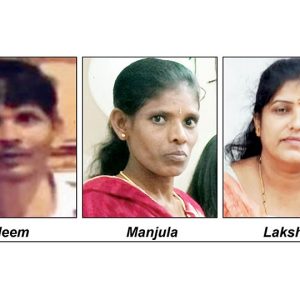Mysuru: The Institution of Engineers-India (IEI), Mysore Local Centre, had organised a technical talk on ‘Bamboo: Construction Material of the Future’ at S.P. Bhat Hall in the Institution premises on JLB Road in city recently. C. Balachandran, Convenor, Bamboo Dairies, Mysuru, was the guest speaker.
With a view to harness the potential of bamboo crop, Ministry of Agriculture – Horticulture division, Government of India, is implementing Central-Sponsored Scheme called ‘National Bamboo Mission.’
The Mission envisages promoting holistic growth of bamboo sector by adopting area-based regionally differentiated strategy and to increase the area under bamboo cultivation and marketing. Under the mission, steps have been taken to increase the availability of quality planting material by supporting the setting up of new nurseries and strengthening of existing area to address towards integration.
The Mission is taking steps to strengthen marketing of bamboo products, especially those of handicraft items.
The talk was aimed at creating a sense of responsibility among Engineers and public to spread awareness on sustainable low cost building construction using bamboo.
He also explained success story of Anganwadi building construction using locally available bamboo for tribal communities in Periyapatana and H.D. Kote taluks.
He said, all the centres were constructed by adopting green building concept using locally available materials such as mud and bamboo. These Anganwadis are being constructed exclusively for tribal children who are living deep inside the forest. “Since Forest Department does not allow concrete construction inside forest area, bamboo technology is a very good replacement,” he added.
After the presentation, the speaker was felicitated.
IEI Mysuru Chairman M. Chinnaswamy, Hon. Secreatary B.V. Ravindranath and Karnataka Renewable Energy Development Limited (KREDL) Project Engineer and programme coordinator D.K. Dinesh Kumar were present.








Good beginning. This has been going on for the last few days. Nobody is really interested in promoting bamboo. No body perhaps knows that in BI S bamboo construction is listed as temporary. Indian engineers who know very little about Wood are difficult to be convinced about bamboo. Architects make a big buck by designing bamboo structures mailing it beyond the reach of common man. Promotion of bamboo needs a dedicated approach and beginning has to be made by making durable houses for the needy families. CPWD will not touch bamboo as low cost houses do not provide scope for commission. Architects provide designs making it more expensive than brick houses. Bamboo is still available at reasonable price. Let’s not make it expensive and deprive the less privileged.
As a teacher researcher, since the Indian academics know so little of timber, let alone the bamboo and its unique strengths and weaknesses, my humble suggestion as the need of the hour is to get the above topics into at least civil engineering curriculum, if not into materials and their strengths and their carbon foot prints and other sustainability issues of both physical and social environments.
In parallel, let the academics build and use bamboo structures for their own office spaces, meeting halls, guest houses, some living shelters, book shelves; use e-cycle rickshaws with bamboo frames etc., and then from the acquired high moral pedestal, advise others to follow.
Academics can best begin building with bamboo shelters from the top levels of their urban elite multi level RCC buildings, all the while remaining with in the comfort zone of abundant safety, get BIS to include the safe designs with bamboo structures over time and thus first get rid of the nasty tag of ‘katcha’ bamboo houses for the ‘poor or rural or tribal’ habitats, to the exclusion of urban habitat.
Demonstrate that ‘Green houses gardens’ on the roof top and over vertical walls with bamboo structural supports in the urban concrete jungles can effectively mitigate urban heat island effects as well, improve indoor air quality, aesthetics and all of these at economically competitive manner, while promoting inclusive development by offering skilled farm workers highly skilled jobs of growing high value extremely fresh vegetables, fruits and medicinal and nutraceutical herbs right inside the urban habitats. Precision high intensity agricultural methods with remote sensors and controls for the right moisture in the plant soil and humidity around the plants, combination of hydro/acqua/aero ponics should attract the specialists in plants and IT to collaborate as well. Optimal dispersion of right part of sun light to all the plants would be another academic challenge that bring together physicists in the area of optics and fiber optics as well .